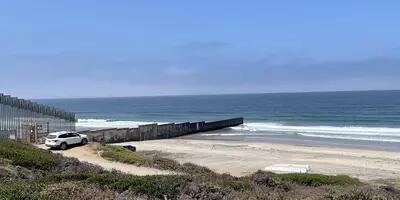Munk School course delves into the history of protest movements in the U.S.
Protest is the bedrock of American history. At least that is how Alexandra Rahr, a professor at the Munk School’s Centre for the Study of the United States, sees it.
“We have to remember that America is a nation that was founded by protest,” says Rahr. “The country only exists because people said, ‘we will no longer abide by the chains of tyranny.’ And they fought back using everything from political cartoons, to military force and political speech. They fought back using various methods to try and convince their fellow citizens to join them in their efforts.”
Rahr currently teaches “Fight the Power: A History of American Protest Movements”, a fourth-year course focused on the historical, political and cultural context of protests. The course also explores the roots of protest movements in the U.S. and how they have come to be presently understood.
“I don’t want it to just be a class that crowdsources information,” says Rahr. “The class begins looking at independence and moves through American history exploring particular moments when dissent spilt out onto American streets. We then consider how that dissent led to a change in culture and in politics.”
Students in the course also examine acts of protest and observe how the general public has reacted to them in the past.
“We forget that social, cultural, and political change is not just controversial, but profoundly – and often painfully – divisive,” says Rahr. “We idealize protest movements of the past, and this happens with the civil rights movement all the time. We’ve deified Martin Luther King in a way that makes it seem like every reasonable person always agreed with him.”
“This is a kind of amnesia. What we do – and I’m using this term advisedly – is ‘whitewash’ our past. The truth is, even at the height of the civil rights movement many Americans believed that segregation was morally right, or that the civil rights movement was moving too fast and should slow down to let the country catch up. They believed that naturally, over time, people would come around. But that’s just not how change happens.”
Later in the course, students explore the successes and failures of modern-day protest movements, from Black Lives Matter and #MeToo, to anti-abortion and pro-life campaigns.
“The pro-life movement has marketed its position very effectively. Just look at the term ‘pro-life.’ Who could be against life? First of all, you’re for something, and secondly, you’re for life. It’s an incredibly effective campaign, and you can see how powerful that sort of branding is to a successful protest movement.”
Rahr hopes that students come away from the course with a new appreciation and understanding of protests in America. “I want students to be able to look at a protest movement and read it like a text. I want them to be able to recognize the techniques, methodologies and strategies used by these movements so that they can understand how America makes the case for change. My hope is that by learning to read American dissent, students will become better citizens who can make better choices about their own civic life.”

